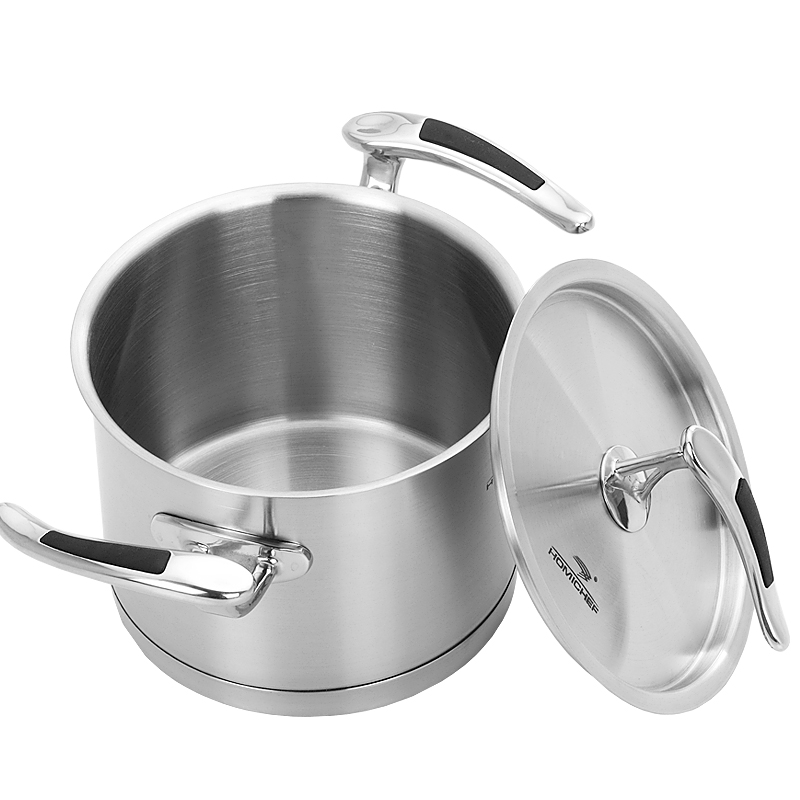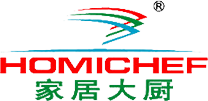Commonly used stainless steel models are often represented by digital symbols. There are 200 series, 300 series, and 400 series. They are American representation methods, such as 201, 202, 302, 303, 304, 316, 410, 420, 430, etc. The Chinese stainless steel models are It is indicated by element symbols plus numbers, such as 1Cr18Ni9, 0Cr18Ni9, 00Cr18Ni9, 1Cr17, 3Cr13, 1Cr17Mn6Ni5N, etc. The numbers indicate the corresponding element content.

200 series: chromium-nickel-manganese austenitic stainless steel
300 series: chromium-nickel austenitic stainless steel
301: Good ductility, used for molded products. It can also be hardened at machine speed. Good weldability. Abrasion resistance and fatigue strength are better than 304 stainless steel.
302: The corrosion resistance is the same as that of 304, and the strength is better due to the relatively high carbon content.
302B: It is a kind of stainless steel with high silicon content, which has high resistance to high temperature oxidation.
303: By adding a small amount of sulfur and phosphorus to make it more shaved.
303Se: It is also used to make parts that require hot upsetting, because under such conditions, this stainless steel has good hot workability.
304: 18/8 stainless steel. The GB grade is 0Cr18Ni9. 309: It has better temperature resistance than 304.
304L: It is a variant of 304 stainless steel with lower carbon content, used in occasions where welding is required. The lower carbon content reduces the precipitation of carbides in the heat-affected zone near the weld, and the precipitation of carbides may cause stainless steel to produce intergranular corrosion (welding erosion) in certain environments.
304N: It is a nitrogen-containing stainless steel. Nitrogen is added to increase the strength of the steel.
305 and 384: Containing higher nickel, its work hardening rate is low, suitable for various occasions requiring high cold formability.
308: Used to make welding rods.
309, 310, 314 and 330: The content of nickel and chromium are relatively high, in order to improve the oxidation resistance and creep strength of steel at high temperature. While 30S5 and 310S are variants of 309 and 310 stainless steel, the difference is that the carbon content is lower in order to minimize the carbides precipitated near the weld. 330 stainless steel has a particularly high resistance to carburization and thermal shock resistance.
316 and 317: Contain aluminum, so the resistance to pitting corrosion in marine and chemical industrial environments is much better than that of 304 stainless steel. Among them, the 316 stainless steel variants include low-carbon stainless steel 316L, nitrogen-containing high-strength stainless steel 316N, and free-cutting stainless steel 316F with higher sulfur content.
321, 347 and 348: are stainless steel stabilized with titanium, niobium plus tantalum, and niobium, respectively, suitable for welding components used at high temperatures. 348 is a kind of stainless steel suitable for the nuclear power industry, and has certain restrictions on the combined amount of tantalum and drill.
400 series: ferritic and martensitic stainless steel
408: Good heat resistance, weak corrosion resistance, 11% Cr, 8% Ni
409: Inexpensive model (British and American), usually used as car exhaust pipe, is ferritic stainless steel (chrome steel)
410: Martensite (high-strength chromium steel), good wear resistance, poor corrosion resistance. 416: The addition of sulfur improves the processing performance of the material.
420: "Cutting tool grade" martensitic steel, similar to the early stainless steel such as Brinell high chromium steel. It is also used for surgical knives, which can be very bright
430: Ferritic stainless steel, for decoration, such as car accessories. Good formability, but poor temperature resistance and corrosion resistance
440: High-strength cutting tool steel with slightly higher carbon content. After proper heat treatment, a higher yield strength can be obtained. The hardness can reach 58HRC, which belongs to the category of hard stainless steel. A common application example is "razor blades". There are three commonly used models: 440A, 440B, 440C, and 440F (easy processing type)
500 series: heat-resistant chromium alloy steel
600 series: Martensitic precipitation hardening stainless steel
630: commonly used precipitation hardening stainless steel model, usually also called 17-4; 17%Cr, 4%Ni

● Tel: 0750-6580288
● Fax: 0750-6580188
● Email: bruce@m-p-t.com
● Address: Qianfeng Industrial Zone, Siqian Town, Xinhui District, Jiangmen City, Guangdong Province
